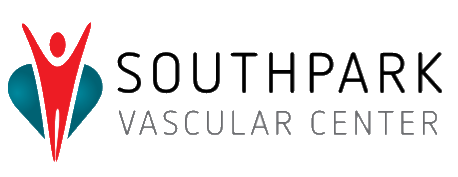What Is Peripheral Artery Disease (PAD)? Who is at risk for Peripheral Arterial Disease? What does the research say about Peripheral Arterial Disease? Overview
Peripheral artery disease symptoms include: If you are experiencing signs and symptoms of Peripheral artery disease (PAD) and are finding it difficult to perform your daily activities and maintain your way of life, contact your primary care physician immediately. Symptoms
Angiography Minimally invasive procedure where a small tube (catheter) is inserted into the artery in the groin, ankle or wrist. Contrast dye is then injected into the catheter and special x-rays are obtained to see if a vessel is narrowed or blocked. Angioplasty Angioplasty may be performed during angiography. If a blood vessel is found to be narrowed or blocked, a small balloon is advanced through the groin or foot to stretch and open up the narrowed blood vessel. This will increase the blood flow to the affected area. Thrombolysis/Thrombectomy Thrombolysis may be performed during angiography. If a blood clot is found to be the cause of the narrowed or blocked vessel, a clot-dissolving drug or a specialized tool may be infused to dissolve or retrieve the clot. Atherectomy Atherectomy may be performed in conjunction with angiography. If a blood vessel is found to be narrowed or blocked due to extensive plaque build up, a specialized tool may be inserted to remove the calcifications or plaque to increase blood flow to the affected area. Stent placement A stent may be placed during angiography. If a blood vessel is found to be narrowed or blocked and will not stay open after balloon angioplasty and/or atherectomy, a metal tube may be inserted in the narrowed vessel to keep the vessel open. Endovascular Treatments
Is endovascular treatment right for me? You may be a candidate for endovascular therapy if: Key Advantages Endovascular treatments are a safe treatment option and like other minimally invasive procedures have significant advantages over open surgery. Benefits Risks Are you a candidate for endovascular treatments?
Other Treatment Options Medical treatments Many medications such as cholesterol lowering agents, aspirin, blood thinning agents, and/or clot prevention agents may be used to reduce the risk of minimally invasive therapies or surgery and prevent disease progression Surgical treatments Open surgical treatments as arterial bypass surgery is performed to create a path around the blocked artery using a blood vessel from another part of the body or a synthetic vessel. These procedures often require hospitalization and a long recovery time. Surgical treatments are often performed if minimally invasive therapy is not amenable or fails. Other treatment options



